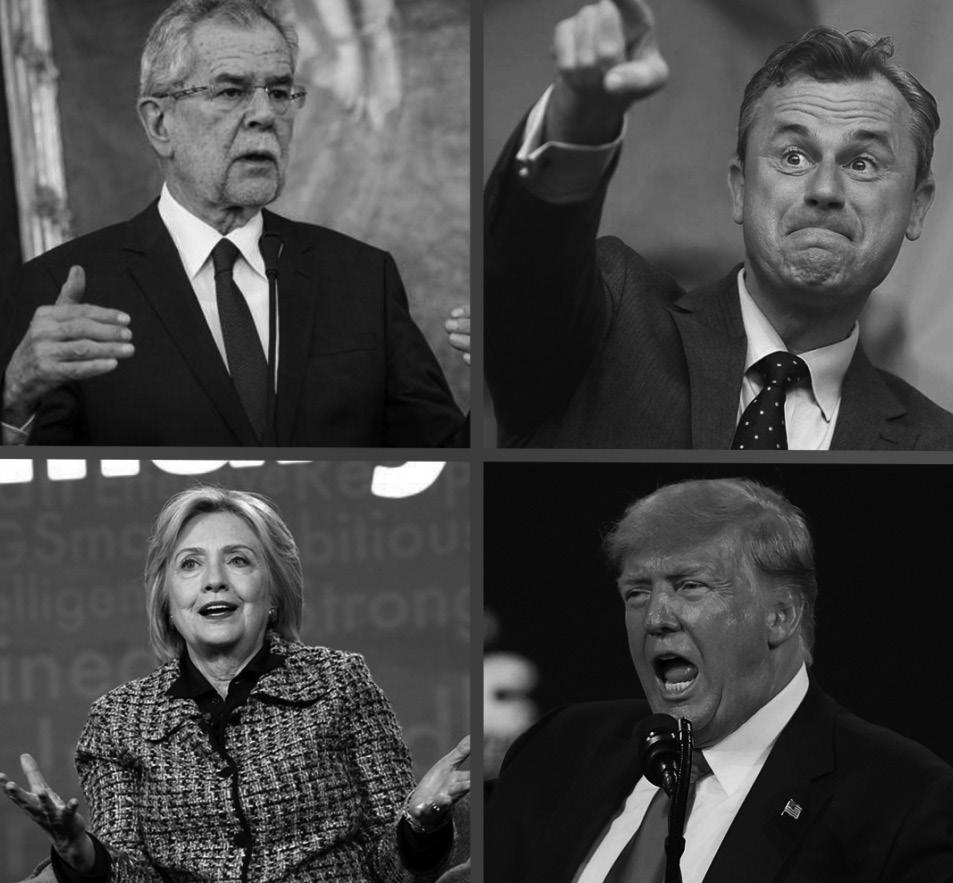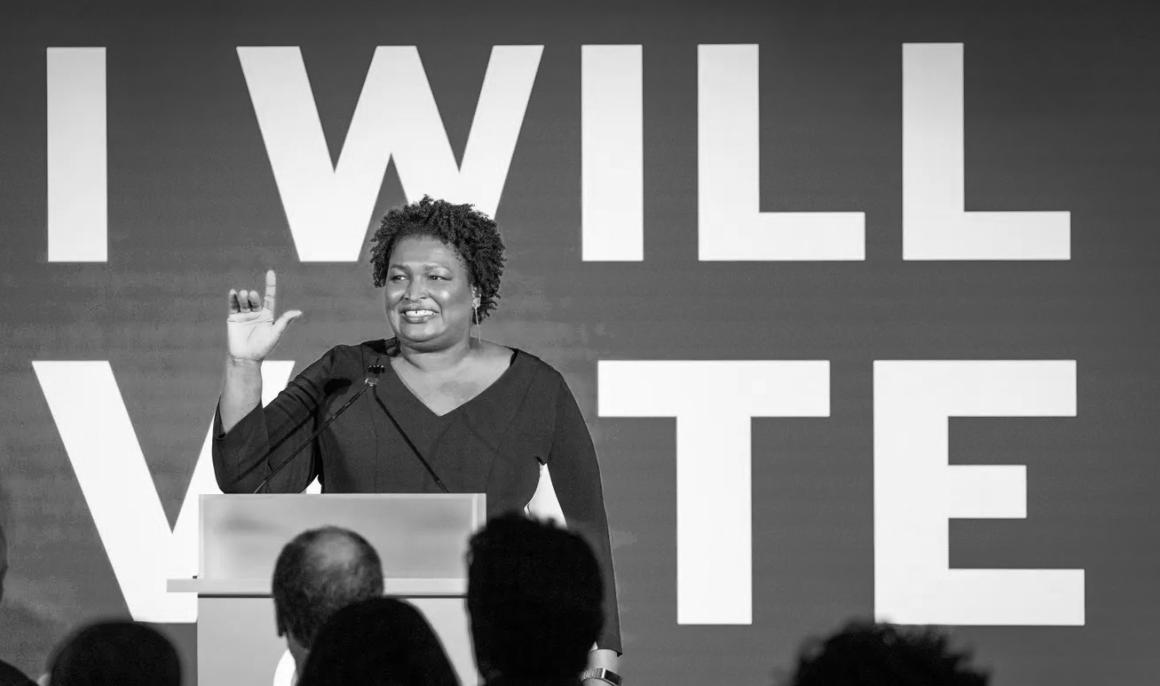
6 minute read
DC and Me
by caldems
By Aryan Deorah Staff Writer
January 6th, 2021, a day that will live forever in infamy. It started like any other: I woke up around noon, did my morning routine, ate breakfast, and texted my two best friends to see if they could hang out. Over the whole winter break, we spent our days playing ping pong, enjoying our video games, and watching movies together in my basement. I felt the cold winter air as I opened the basement door for them to come inside, and we immediately started rallying on the ping pong table. 20 minutes later, one of my friends checked their phone, paused, and shouted, “Where’s the remote?” I figured something was wrong, so I immediately turned on the news. We spent the next few hours watching in horror as we saw images of white supremacists sieging our Capitol. The fact that this was happening just an hour away made it hurt even more. I have spent my whole life in proximity to DC and have seen its beautiful lights and skyline hundreds of times. I have toured the Capitol and walked its halls. Just two weeks before insurrection, my parents took me to visit the Christmas lights on the Capitol lawn. As I stood in the same place that domestic terrorists would soon siege, I pointed right at the glorious rotunda, and declared that one day, regardless of where life would take me, I would come back to DC and fulfill my dreams of working in the Capitol as a congressman. Though I never lived in the city, something about it always made me feel at home. When I was there, I was part of something bigger than myself; I was part of the incredible history and symbolism that the district stood for. Though I kept this in mind, my friends and I carried on with our days as usual as the footage continued to play in the background. Our generation has been desensitized to chaos and violence: we were born in a country reeling from 9/11, grew up as the global economy collapsed, and graduated from high school virtually due to global pandemic. We started to get hungry and chose a restaurant; the only thing we were waiting on was permission from my parents. I would never forget my mother’s response after asking them if we could go, “What the hell are you thinking Aryan? It isn’t safe for people like us.” Those last three words “people like us” echo in my mind. They had a clear meaning: my friends and I were brown Indian-Americans and we were in danger. There had already been reports of vandalism and broken glass in nearby majority-minority neighborhoods and as I would later find out, disturbing videos circulated on social media of white supremacists stating that they were coming for brown and black people in the area. Within a few minutes my friend’s parents called them, forbidding them from leaving my house with eerily similar warnings. As we were shut in for the night, I began to think about the cruel irony of how this happened in DC, a city whose whole layout symbolically represents the core values of America. As you drive from Virginia into the city, you catch a glimpse of the Kennedy Center gleaming over the Potomac, a testament to America’s incredible visual and performing arts talent. Once you reach the National Mall, you find yourself standing under the towering Washington Monument, a symbol of American might. Facing North, you see the White House, the residence of the leader of the free world. Facing West, you notice the Lincoln and World World Two Memorials, standing as reminders of the struggles our nation has overcome. Finally, as you face East, the US Capitol appears far off in the distance, the seat of American democracy. Within 20 minutes, you can walk from where nine justices struck down racial segregation, to where MLK delivered his “I Have a Dream” speech, to where the first Black man
Advertisement
was inaugurated as president. Strolling towards tion, with over 90% of the population voting for the Capitol, dozens of Smithsonian museums (my Democrats, it has become an ideological battlefavorite part of DC) line the street on either side. ground in an increasingly hyperpolarized nation. Back when I was young and my family didn’t have Massive conflicts on issues from racial justice to much, these centers of wisdom and learning that “stop the steal rallies” have led to unwanted chaare open for all inspired my curiosity about the os in the city and hate groups, such as the Proud world around me and developed my interests in Boys, engaging in violence against the city and its history and science. To residents. me, through its mon- Despite all this, DC uments and resourc- residents are resiles, DC symbolizes the ient and hardworkideals of American ing. They continue greatness and oppor- to organize for racial tunity. justice, making huge As wonderful as DC’s contributions to the monuments and mu- BLM movement and seums are, that isn’t empowering Black the full story. Many people to positions of DC residents, partic- power, including their ularly its children and current mayor. They young people, strug- encourage and vote for gle: according to the progressive thought local organization DC on issues from gay Action for Children, marriage to a livable over a quarter of DC minimum wage. They children live in pover- keep the gears of the ty, and its educational federal government metrics - reading and running by working math scores as well as hard in many bureaurates of graduating on cratic and government time - lag considerably The author, Aryan Deorah, sitting in front of contracting jobs. They behind the rest of the country. DC has stood for less than admirable the Capitol Building two years prior to the Capitol Siege. PHOTO COURTESY OF SURYA PUNJAB fight back and protect against those who seek to harm our deprinciples, as much of mocracy and clean up the city was built by after their messes. enslaved people and it served as a major hub for DC institutions and newspapers are the first to the slave trade prior to the Civil War. It was stuck hold our shared public officials accountable. This hard by the war on drugs in the 80s and 90s, and is the DC I love: the one whose residents never once earned the title “murder capital of Ameri- sleep when it comes to making change, the one ca.” Many of its residents still deal with intense whose historic sites symbolize the values our naeconomic and racial inequality, high crime rates, tion strives for, and the one whose opportunities and considerable police violence, as demonstrated shine bright for all, including years ago for a small throughout last summer’s George Floyd protests. immigrant child with limitless curiosity and big Though the district is the center of national pol- dreams. Make sure that next time you see a juicy itics, it is often ignored when it comes to critical headline about something going on in the nation’s issues of political representation and taxation and capital, spare a thought for what the city means to is at the mercy of the federal government for many America and to the millions of people that considof its programs and services. Despite DC having a er the DC metropolitan ar considerably ideologically homogeneous popula-
41











